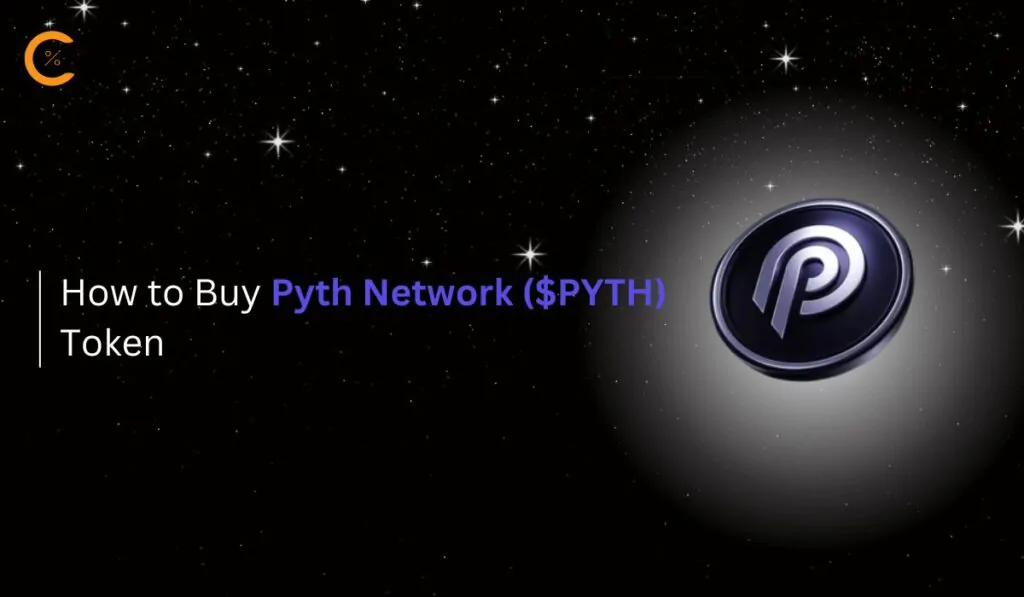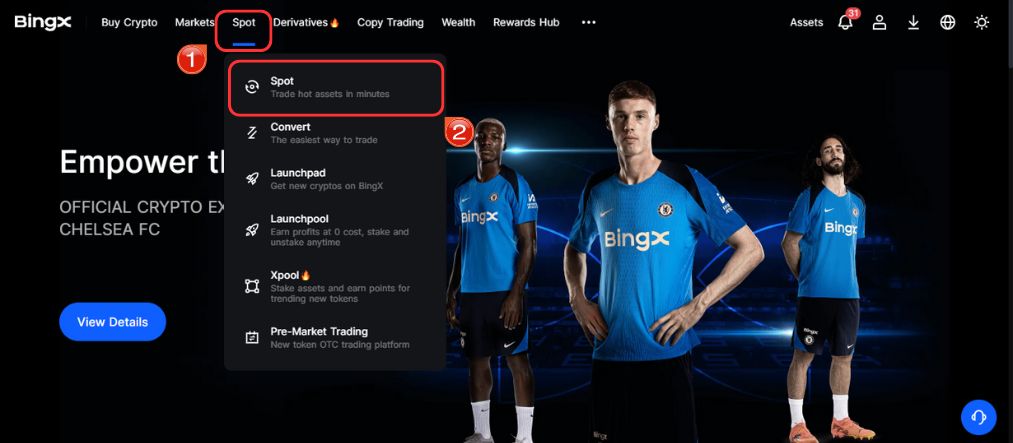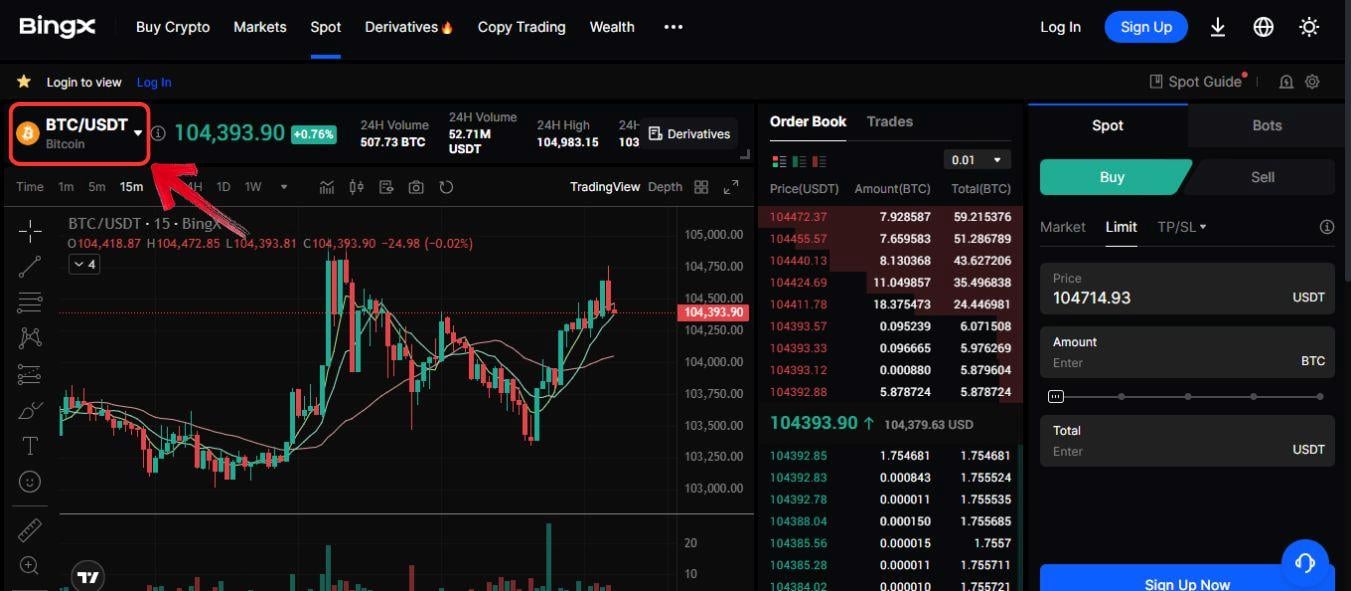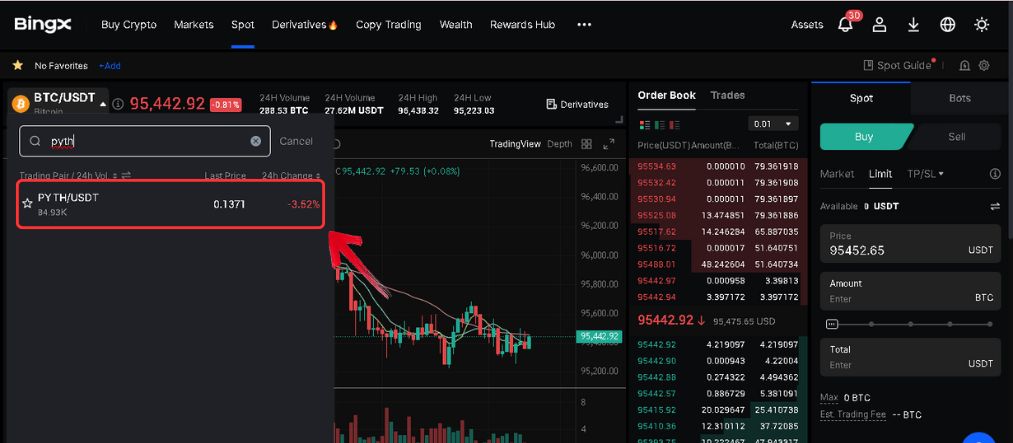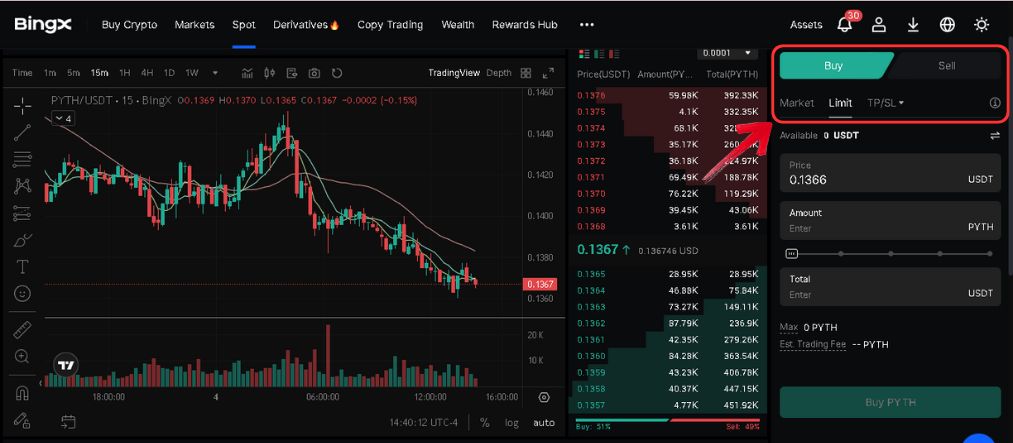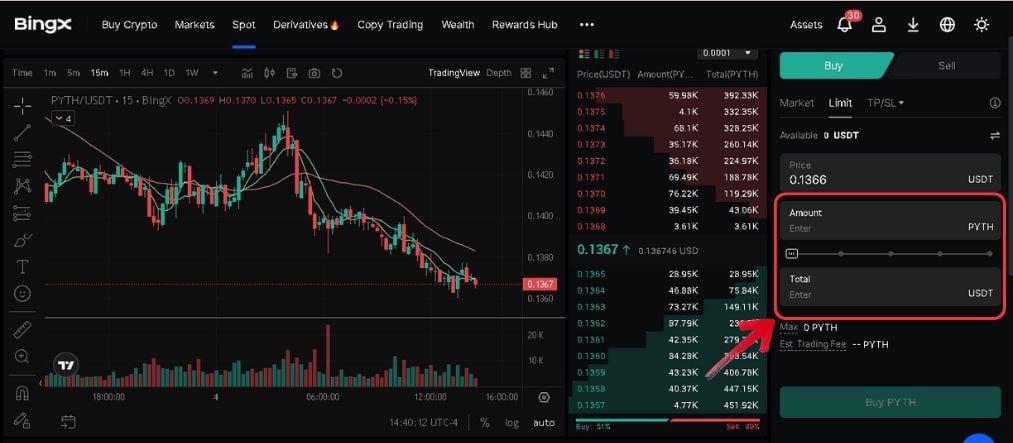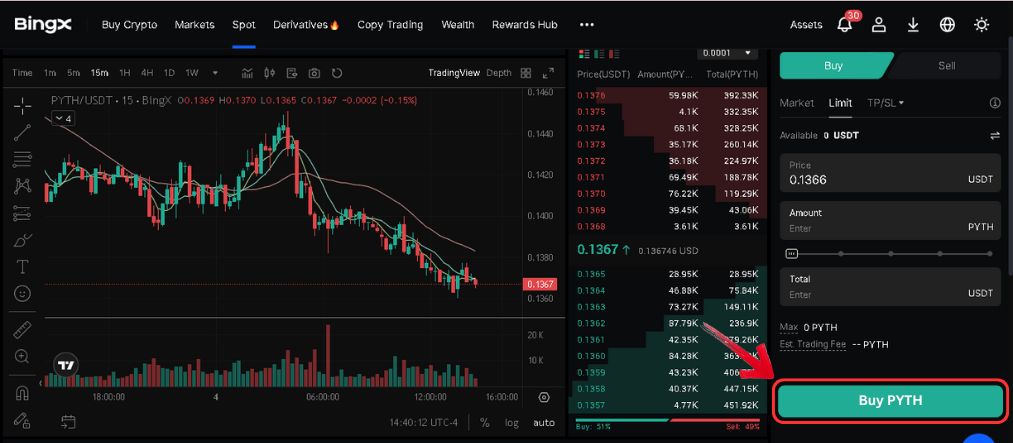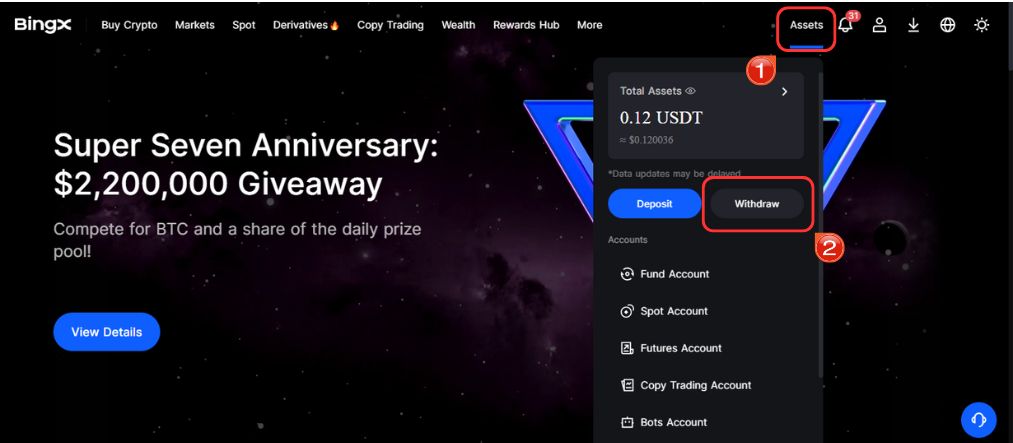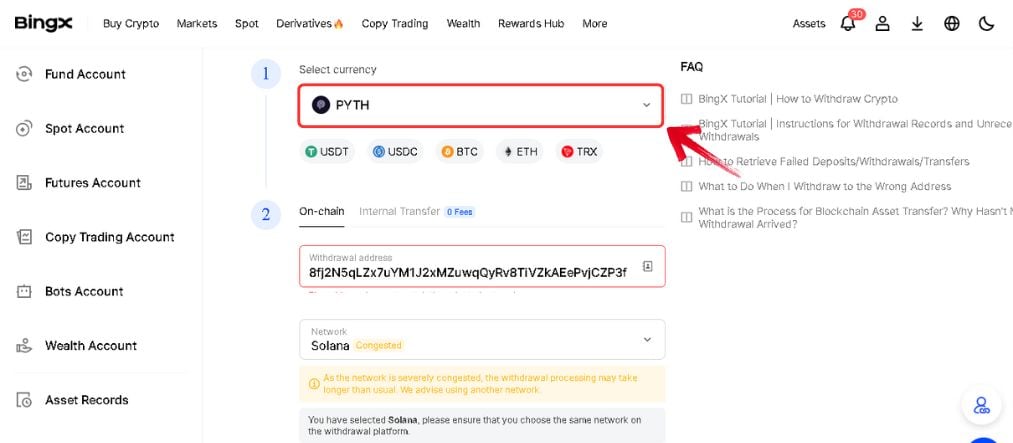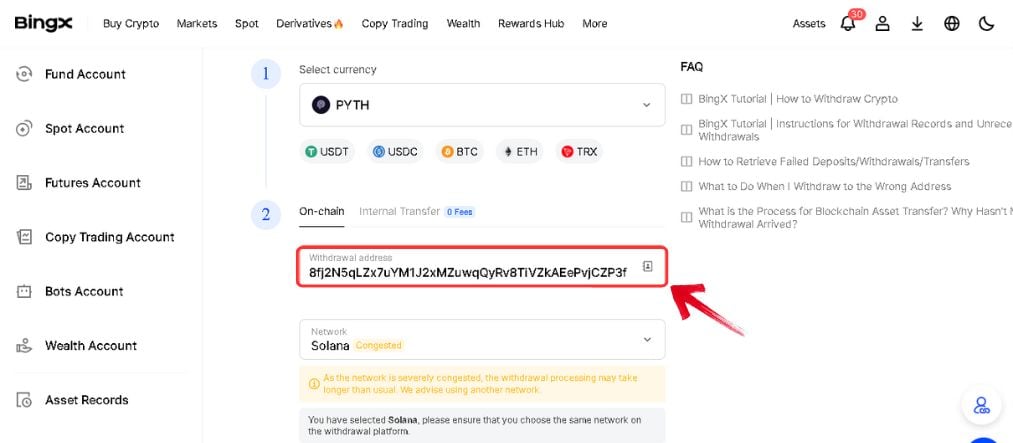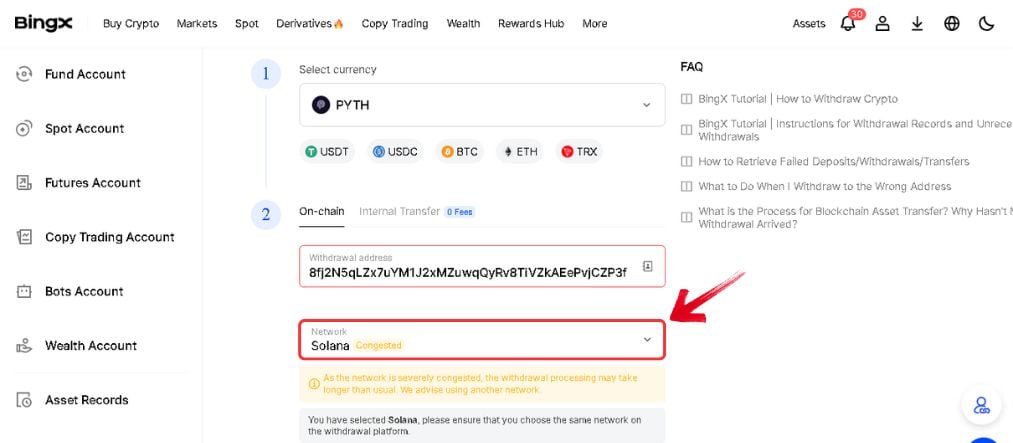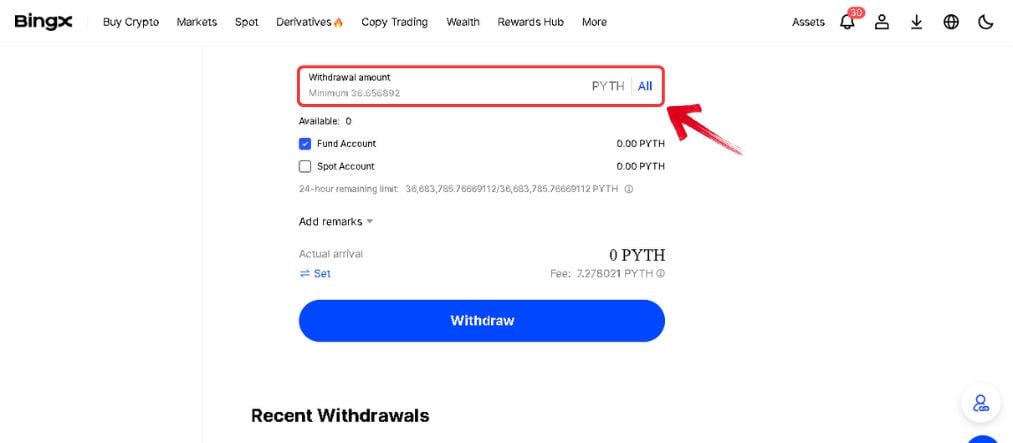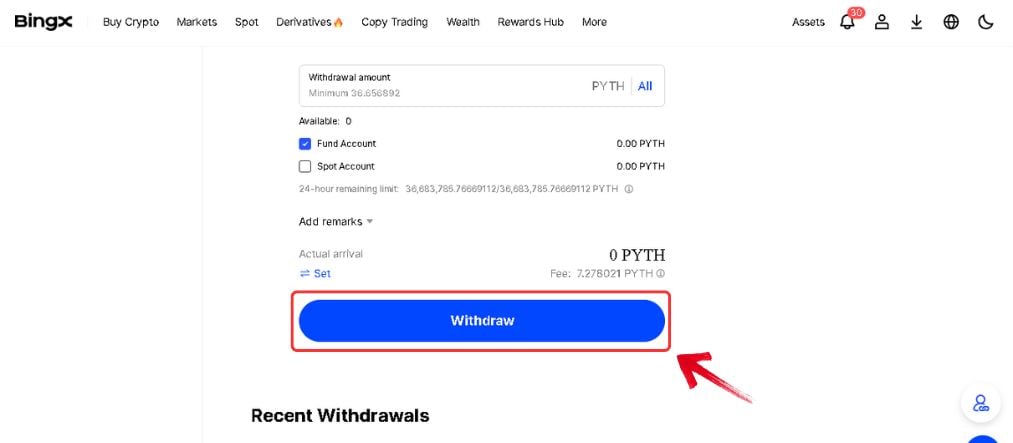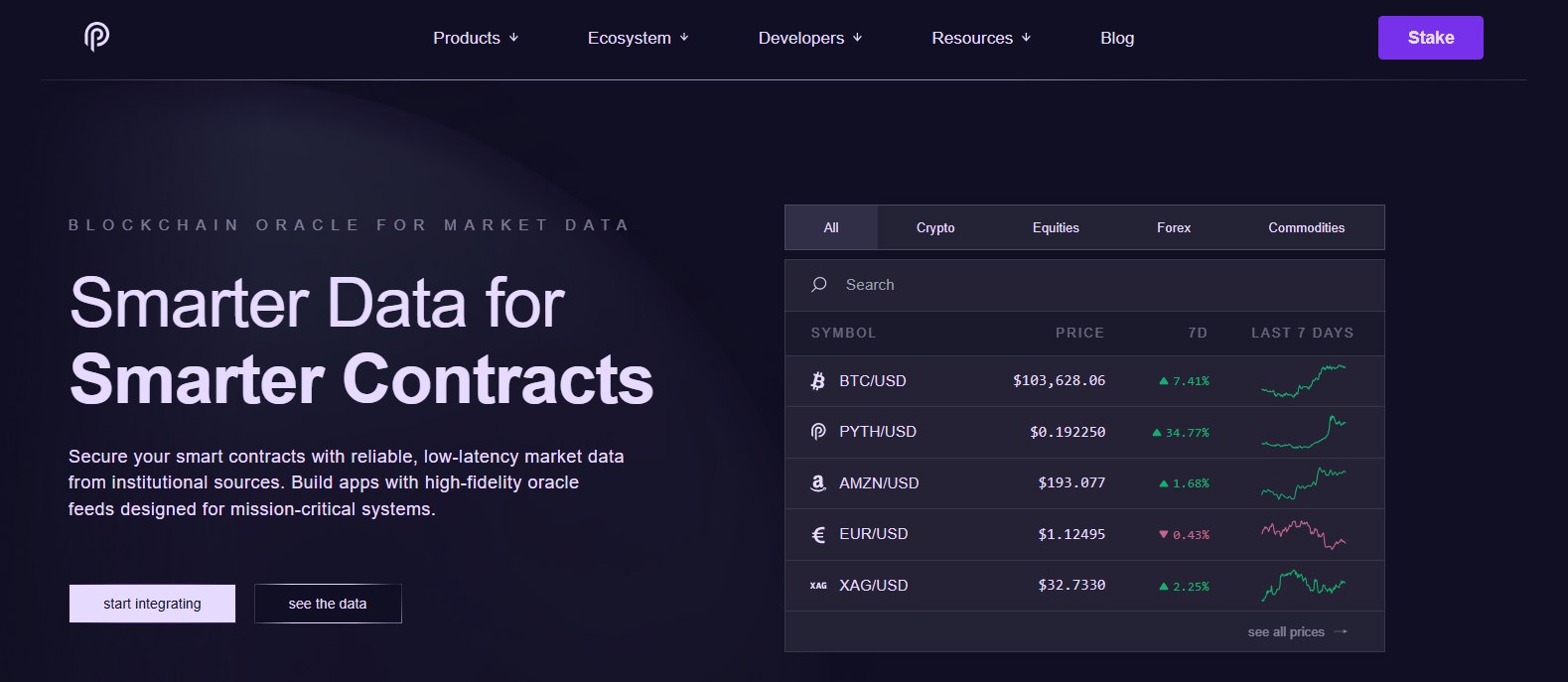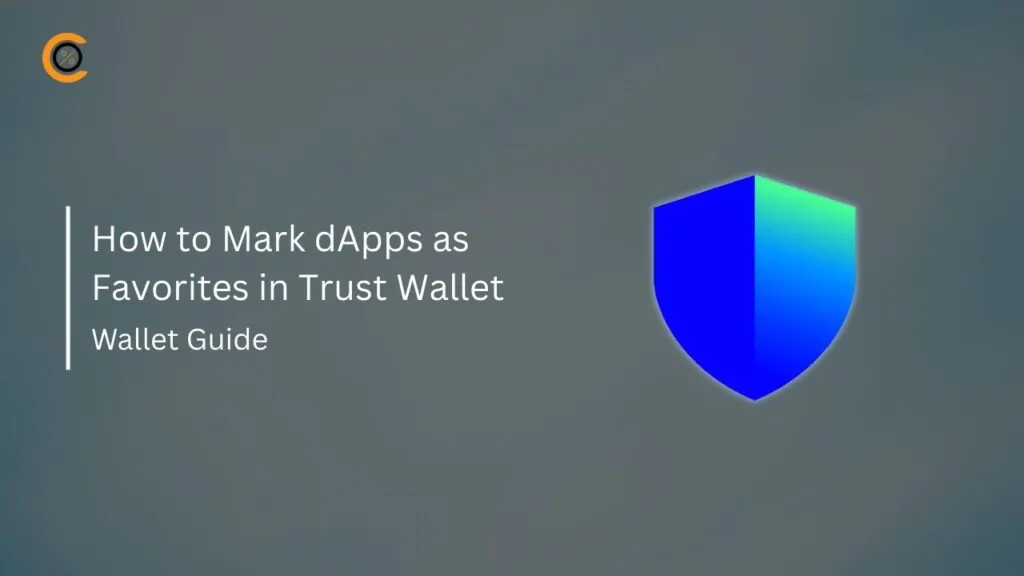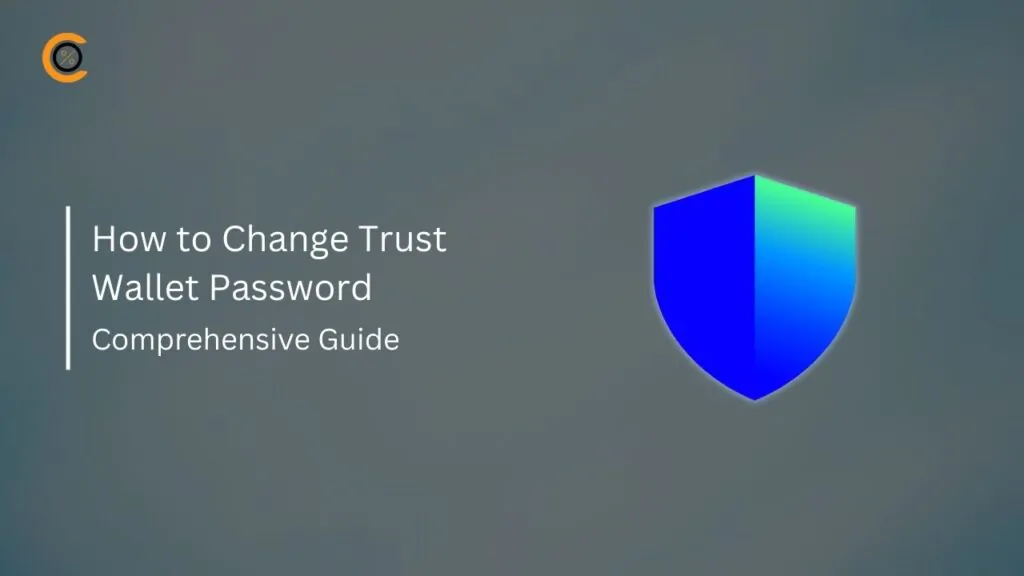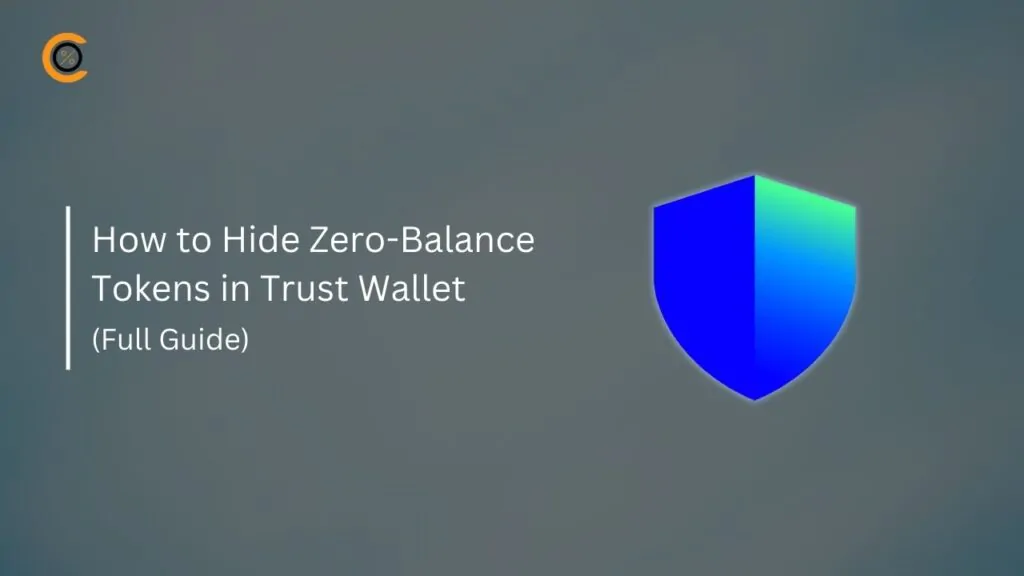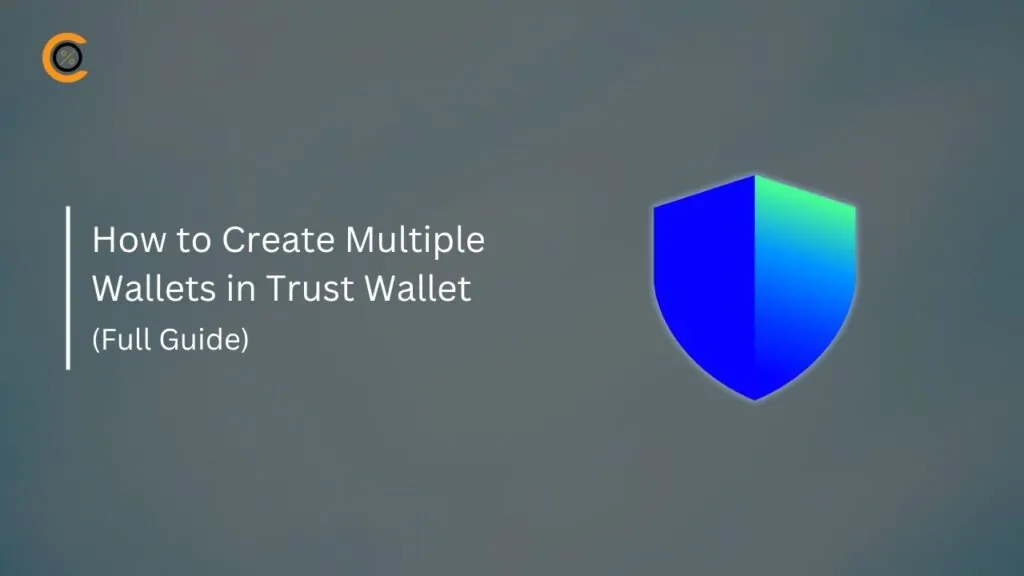Pyth Network is a decentralized oracle protocol built on Solana that provides first-party, low-latency, and real-time financial data to DeFi blockchain applications. It offers strong multi-chain support to over 50 blockchain networks, delivering real-world data like financial metrics and price feeds across various on-chain ecosystems.
It sets itself apart with its pull oracle model for on-demand data access, reducing gas costs and blockchain congestion for seamless data integration. The network rewards data providers with its native token, $PYTH, for their accurate data feeds. In this guide, you’ll learn how to buy Pyth Network Tokens ($PYTH) and choose the most suitable exchange for trading $PYTH.

Where to Buy Pyth Network Tokens ($PYTH)
With its extensive multi-chain support, Pyth Network’s DeFi ecosystem empowers developers to create and deploy high-frequency dApps across various blockchains. The $PYTH token is available on most major cryptocurrency exchanges. Before choosing a crypto exchange for trading $PYTH tokens, consider features such as security, liquidity, trading fees, ease of use, and benefits such as signup bonuses and staking opportunities.
Below, we have listed some of the best trading platforms for trading $PYTH tokens:
Exchange |
Fees↑ |
Liquidity↓ |
Yield↓ |
Bonus↓ |
KYC↓ |
|---|---|---|---|---|---|
| BingX | 0.10% maker, 0.10% taker | $252.47M+ | 4.00% | $5,000 | No |
| Blofin | 0.10% maker, 0.10% taker | $433.20M+ | 0.00% | $5,000 | No |
| Bitunix | 0.10% maker, 0.10% taker | $537.63M+ | 0.00% | $5,500 | No |
| Kucoin | 0.10% maker, 0.10% taker | $422.21M+ | 0.50% | $10,500 | Yes |
| Binance | 0.10% maker, 0.10% taker | $10B+ | 1.13% | $100 | Yes |
How to Buy $PYTH Tokens on BingX
This guide will use the BingX exchange to buy $PYTH tokens. BingX is a beginner-friendly exchange platform, trusted by over 5 million users. It is known for its user-friendly interface, advanced security features, and low platform fees set at 0.10% for both makers and takers. We chose BingX for its large selection of more than 800 crypto coins, high trading leverage, and advanced trading features. New users can earn a welcome bonus of up to $5,000 upon sign-up.
BingX offers both fixed and flexible staking opportunities, with a current yield of 4% on $PYTH tokens. Users can also opt for advanced trading options such as copy trading or bot trading to optimize their potential gains.
The following are all the steps you will need for buying and selling $PYTH tokens on BingX:
Step 1: Open your browser and go to BingX. Sign up for an account to begin trading.
Step 2: Once registered, navigate to the homepage. Hover over the “Spot” tab on the toolbar, then click on “Spot” from the dropdown menu.
Step 3: On the Spot trading platform, click the “Asset” dropdown to browse the available cryptocurrencies.
Step 4: In the search bar, type “PYTH” and select the PYTH/USDT trading pair to buy Pyth Network.
Step 5: The PYTH/USDT chart will appear with price data, order books, and Buy/Sell tools.
Step 6: On the right-hand panel, locate the Buy/Sell section and choose either a Market or Limit order.
Step 7: Enter the USDT amount in the “Total” field or use the slider to allocate a percentage of your USDT for the purchase.
Step 8: Once everything looks good, click on “Buy PYTH” to confirm the transaction.
Fees When Buying PYTH on Bybit
BingX offers trading fees comparable to other major exchanges, with a 0.10% fee for both makers and takers. For instance, if you purchase $100 worth of $PYTH, a $0.10 fee will be charged, leaving you with $99.90 in $PYTH.
Pyth Network (PYTH)
New TokenToken Symbol
PYTH
Current Price
Loading...
Daily Change
Loading...
All-Time High
Loading...
Daily Low
Loading...
Daily High
Loading...
24h Volume
Loading...
Market Cap
Loading...
FDV
Loading...
Total Supply
Loading...
Max Supply
Loading...
How to Transfer $PYTH to a Web3 Wallet (Phantom)
Once you’ve purchased PYTH tokens, the next logical step is to engage with the Pyth Network and its decentralized applications. To do this, many users move their $PYTH tokens into a Web3 wallet to gain full ownership and control. Since mistakes during transfers can result in irreversible loss, it’s important to understand how the process works.
Choose a wallet that supports the Solana blockchain, as the Pyth Network runs on Solana. Phantom is widely recommended due to its clean interface, smooth compatibility with Solana dApps, and strong security measures. After setting up your wallet, simply share your Solana wallet address and transfer your $PYTH tokens from a centralized exchange using the Solana network. This ensures your assets are safe and fully in your hands.
Step 1: Hover over the “Asset” icon at the top and select “Withdraw” from the dropdown.
Step 2: On the withdrawal page, choose “PYTH” in the “Select Currency” field.
Step 3: Open your Pyth-compatible Web3 wallet, copy your receive address, and paste it into the “Withdrawal Address” field.
Step 4: From the “Network” dropdown, choose Pyth Network.
Step 5: In the “Withdrawal Amount” field, enter how much PYTH you want to transfer.
Step 6: Review all withdrawal details and click “Withdraw” to complete the transfer.
You can track the transfer by inputting the TXN ID on Solscan. Once the transaction is confirmed on the blockchain, your $PYTH tokens will be visible in your Web3 wallet.
PYTH Network Explained
The Pyth Network is a decentralized oracle platform that provides real-time financial market data for smart contract applications. It sources its data from over 90 first-party providers, including major exchanges and market makers, offering price feeds for assets like cryptocurrencies, equities, foreign exchange, and commodities. As a key player in decentralized finance (DeFi), the network enables applications to access low-latency, high-frequency market data on over 40 blockchains.
Its utility token, $PYTH, plays a central role in the network, facilitating transactions and incentivizing data providers. By leveraging its effective data aggregation model, Pyth supports key Solana projects, delivering high-quality price feeds for cryptocurrencies, equities, and other assets. This makes it an essential resource for developers building high-performance DeFi applications.
Bottom Line
If you’re thinking about buying $PYTH tokens, it’s good to keep in mind what makes Pyth Network stand out. It’s built to provide real-time, low-latency data to DeFi apps across 50+ blockchains, making it pretty versatile. The pull-based oracle system also means less congestion and lower cost, something that makes the whole process smoother. Once you’ve bought your tokens, transferring them to a Web3 wallet like Phantom gives you full control. Take your time to choose the right exchange, and don’t forget about staking opportunities with $PYTH!
FAQs
1. Is the Pyth code open to the public?
Yes, Pyth is open-source, allowing anyone to review or contribute to the project.
2. What type of data does Pyth offer?
It provides real-time data on crypto prices, stocks, forex, and commodities for use in decentralized apps
3. Can I use Pyth on Ethereum or other chains?
Yes, Pyth works across 50+ blockchains, including Ethereum and BNB Chain, using cross-chain tools to deliver its data feeds.
4. What is the use of the $PYTH token?
$PYTH is used for staking, voting on network proposals, and rewarding those who help provide reliable data.
5. How does Pyth send out its data?
It uses a pull-based system, meaning apps request data only when needed. This helps reduce gas fees and keep networks less congested.


